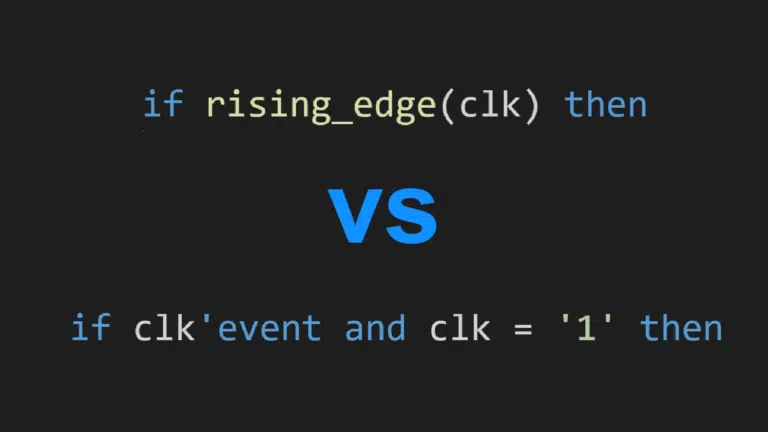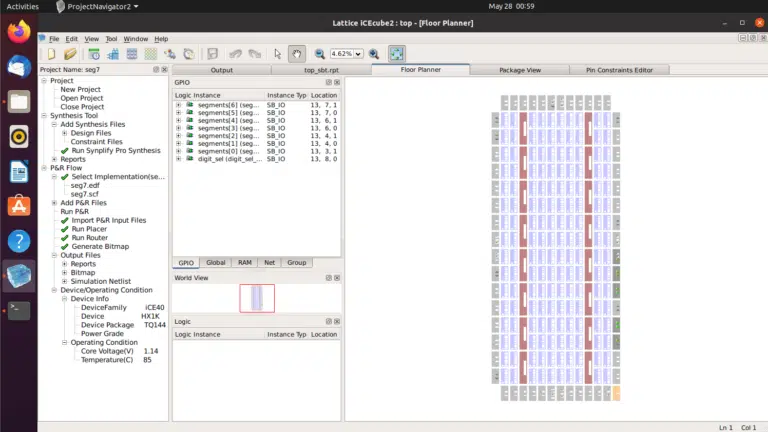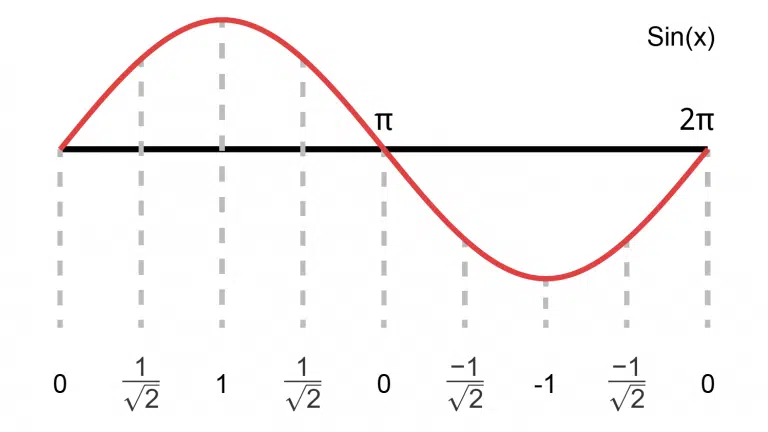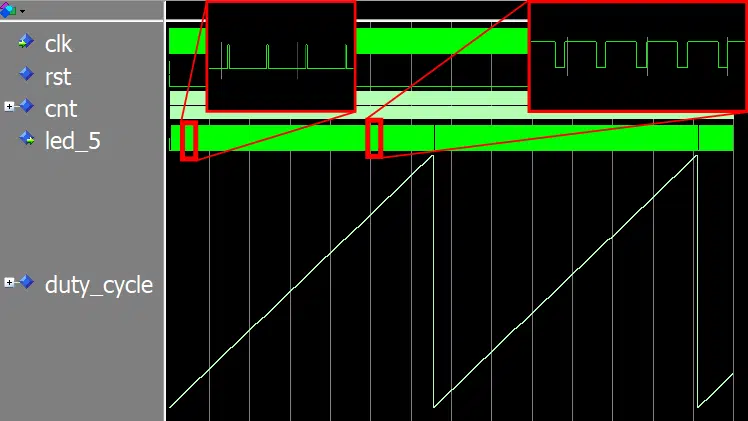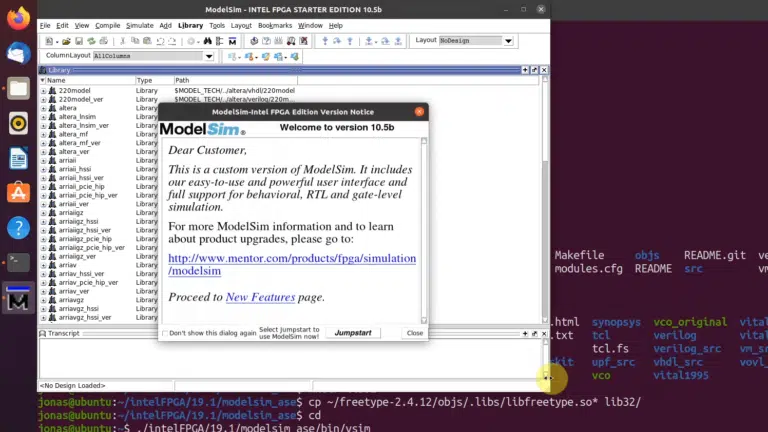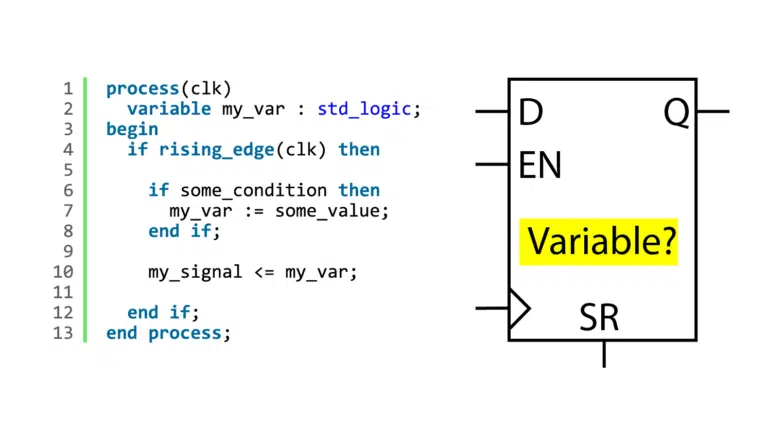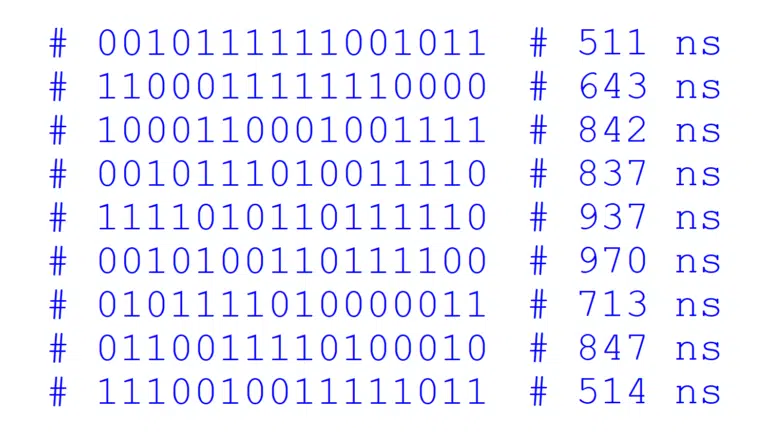How to create a Tcl-driven testbench for a VHDL code lock module
Most VHDL simulators use the Tool Command Language (Tcl) as their scripting language. When you type a command in the simulator console, you are using Tcl. Furthermore, you can create scripts with Tcl that run in the simulator and interact with your VHDL code. In this article, we will create a self-checking testbench that uses…



